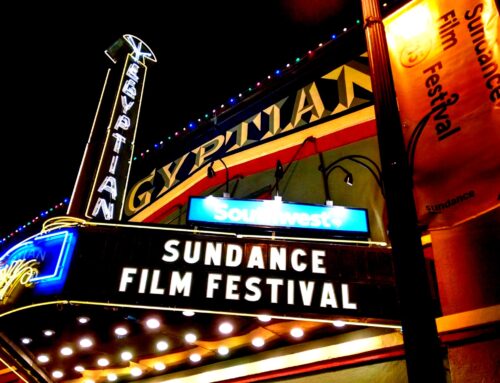Ever wanted to escape the day-to-day and run off to a creative retreat where you can just focus on your craft? You don’t have to pay thousands for some fancy writing or artist retreat (though if you feel like it, try one out and let me know how it is) in order to get your art, side hobby, passion, etc. back on track. A change of scenery is one of the best ways to reignite your creative spark—whether it’s a staycation in your city or an excursion further away.
Personally, I grew a bit tired of the constant sunshine of Los Angeles (I know, I know, not expecting sympathy), despite it being mid-November. I was also overdue for a visit to see some family on the east coast, so I decided to turn it into a longer getaway to get a proper dose of autumn.
Though I’m not participating, November is also NaNoWriMo aka National November Writing Month, which mobilizes writers to dive deep into their creative pursuits. I figured what better way to honor this time than by crafting my own writer / creator retreat?
I did some research, and you know I love a good guide, so per usual I wanted to share what I found. I pulled together ideas and actionable steps to help you create your own retreat—one that not only sparks inspiration, but also won’t break the bank and is potentially tax-deductible. (And I’ll follow up with my own findings and best practices after I finish mine!)
Finding the Perfect Spot
Personally, I’m a fan of switching it up. Why not shake up your creative juices by plopping down in a totally different environment? Admittedly, my trade is a bit cliche and city-for-city, but still very different: I’m trading out sunny, drivable Los Angeles for a few weeks in autumnal, walkable New York City.
For Solitude Seekers
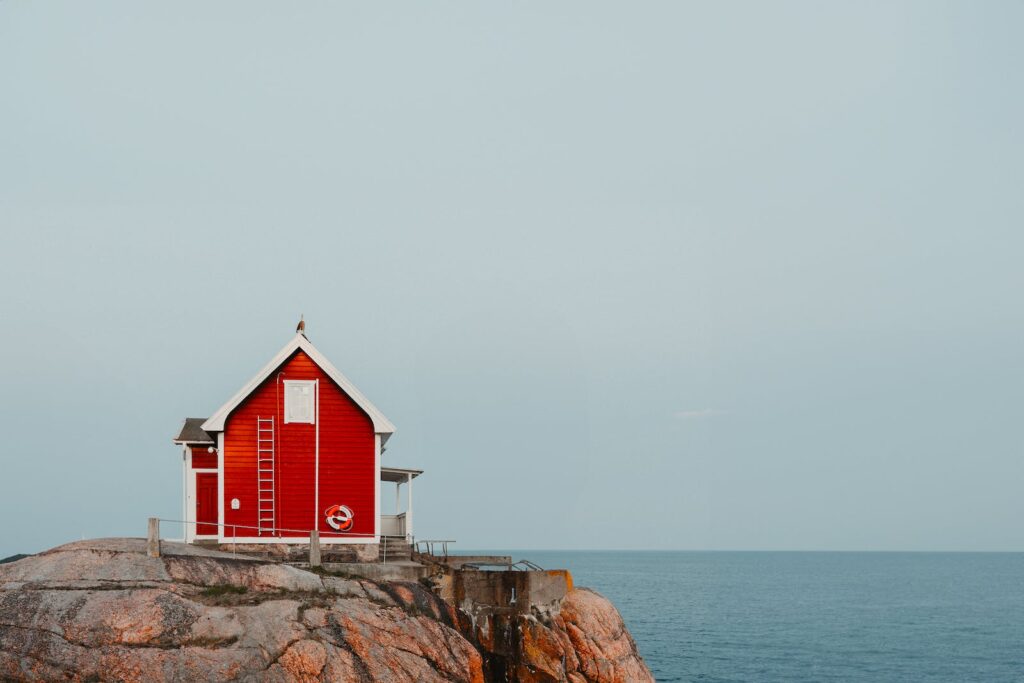
Sometimes the best thing to do is to just get away from it all. Take a breather, enjoy some mountain fresh air, see the stars. One of the most under-looked strategies for idea generation is simply stillness, if not boredom. Think about it—how many times have great ideas come to you in the shower or as you’re falling asleep? If the calmness of nature fuels your creativity, choose a tranquil setting like the countryside, a lakeside, or a beachfront.
For City Lovers
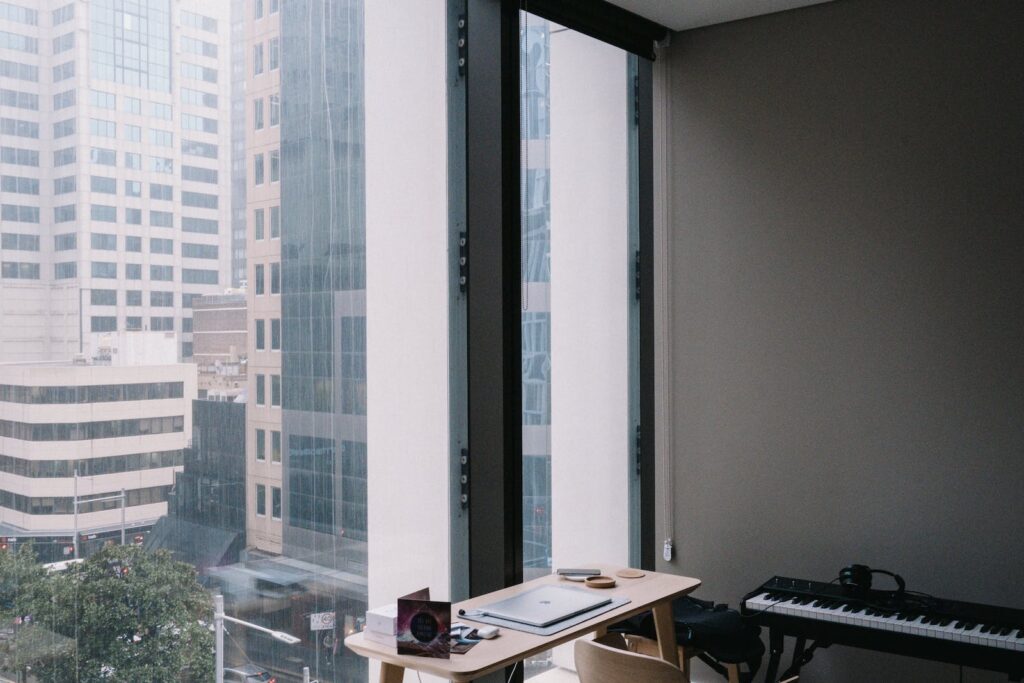
If the hustle and bustle energizes you, why not rent a vibrant studio in the city? You can use platforms like Airbnb to find the perfect space, but I know Airbnb prices have been getting out of hand lately. I would recommend checking out local sublet / short-term housing groups on Facebook—that’s how I found the spot I’m renting in Brooklyn!
Plus, with longer stays, or sometimes last-minute spots people haven’t yet filled, there’s typically more room for price negotiation. For example, mine came out to be about $65 / night, vs. the $125+ / night I’d be paying for a meh spot on Airbnb. Just be careful and don’t send your money to anyone without seeing the place first, even if it has to be by Facetime, and you’re confident it’s legit. Scammers gonna scam, man.
For Homebound Creatives
If it’s not in the cards to pick up and move right now, transform your home into a retreat by planning a staycation! Try setting up your creative station in a new corner of your home, just to switch it up. Ensure you have a quiet space to work, gather your favorite (healthy ideally) snacks, caffeinated beverage of choice, and plenty of water, and get to work!
Extremely Affordable Stays: Housesitting
Trusted Housesitters is my favorite resource for finding an affordable (*free) getaway when you need to switch things up. Plus, you usually get a furry companion or two to keep you company while you work! I can say from experience, it’s absolutely worth the cost of membership even if you just get 1-2 stays out of it.
Financing Your Creative Retreat
A creative retreat doesn’t have to be expensive, but you’ll likely have some sort of cost incurred even if it’s just gas to get to your destination or that new set of colorful pens you’re so excited about (or maybe that’s just me). Identify your ideal budget given the type of retreat you’re planning, and map it out proactively. I would recommend adding some safety net padding too just in case.
Budgeting in Advance
Treat your retreat like a vital project and save accordingly, putting aside funds regularly. If you use a budgeting tool like YNAB, you can even make a category solely dedicated to funding your creative retreat.
Grants and Funds
There are some third-party resources as well out there! While I’ve never looked into them personally, I hear resources like Call for Entry and the National Endowment for the Arts can help with project financial support.
Make a Project Plan
Set Clear Goals
In this case, it’s not quite enough to just show up; you need a game plan. Are you looking to start fresh, tie up loose ends, or refine a draft you already have?
Pin down exactly what you want to achieve, whether it’s hitting a word count that makes Tolstoy look lazy or sketching out a storyboard that could rival Pixar’s.
Understand Your Desired Outcomes
Detail is your friend! Set specific goal targets like drafting 20,000 words, completing five canvas paintings, or nailing down the structure of your graphic novel. Let these goals guide your retreat itinerary.
Design Your Retreat Schedule
Routine is Key
Craft a daily routine that weaves together focused work sessions with well-deserved breaks, some mindful movement, and nutritious meals. Balance is crucial—I mean c’mon, even machines need to recharge!
However, your routine doesn’t have to be set in stone before you even start. Take note of how you feel throughout the day as well, and shift as you see fit. Maybe you’re a morning person, or maybe your muse prefers to party while burning the midnight oil. Your retreat should be tailored to what works best for you.
Don’t Forget Creative Breaks
Mini changes of scenery can also do wonders. A stroll in the park or a coffee break at a cute cafe might just be where your next big idea saunters in.
Packing Your Retreat Kit
Essentials
Don’t forget your laptop, chargers, camera, hard drive, second screens, laptop stands, or whatever else you need for your workflow. Beyond your tech gear, stack up on those creative retreat catalysts too—be it gourmet snacks that fuel your brainstorming or that special notebook which has been the birthplace of all your best ideas. (Did I mention colorful pens?)
Personal Comfort and Daily Routine
Pack your comfiest clothing for the writing marathons. To up the coziness of your environment, bring a lovely smelling candle or perhaps a meditation cushion for those much-needed zen moments. And while we’re at it, why not throw in your sneakers and a yoga mat to get that blood pumping when you’re feeling stagnant?
Set Realistic Goals
Success Metrics
Decide what success looks like by defining what a win looks like for you. It could be as tangible as a full manuscript or as abstract as a renewed sense of passion for your craft. And pro tip: Be ready to pivot as needed. Maybe mid-retreat you realize what you’re working on just isn’t sparking joy. Don’t finish for the sake of finishing—feel free to redirect that energy into something else that makes you feel more fulfilled. (Doomscrolling does not count. Put that phone away.)
Distraction Management
Speaking of which, set clear boundaries, rules for social media use, and create a plan for how you’ll handle inevitable interruptions.
Create an Intentional Environment
Distraction-Free Zone
An ounce of prevention is worth more than a pound of cure when it comes to distraction management. Prep your friends, family, co-workers, landlord, nosy neighbor, whoever beforehand—your retreat is your sacred time. If they text, they better be on fire or have found the cure for writer’s block. If they are on fire, tell them to stop, drop, and roll first, then maybe advise them texting isn’t the best option for such emergencies.
Retreat Space
If home is where you’re hatching your masterpieces, a decluttered space can make all the difference. I struggle with this in my home personally, but man does a tidy home and clear desk do wonders on my mental and emotional bandwidth. Think of it as feng shui for your creativity.
Cultivate an Ending Ritual
Mark the Transition
Congrats you did it!! Create an end-of-retreat tradition. It could be a celebratory dinner, a homemade certificate, or yes even posting on Instagram to bask in the cheers from your followers.
Post-Retreat Reflection
Post-Mortem / Performance Review (Not the Scary Kind)
I hate the term post-mortem—it’s so corporate, dreary, and ominous at the same time. But basically it just means look back on what you did and document it to better plan for the future.
As you wrap up, take stock of what you’ve accomplished, what worked and what could have worked better, and use these insights to plan your next creative sabbatical. And don’t forget to celebrate yourself!
Assess and Evolve
After you re-emerge into the world, take a moment to reflect on how this retreat has impacted your creative approach. Maybe it’s time to tweak your daily routine to mirror your retreat’s most fruitful practices. Even just building in a practice of ongoing reflection will do wonders for your creative journey.
Future Planning

Keep the Momentum With Regular Maintenance
Reflect then make a plan! Take advantage of your renewed energy (and hopefully excitement) and jot down what habits you’d like to take from your retreat as well as what the next steps are. Integrating mini-retreats into your normal routine can help you maintain the creative highs you just built up.
Consistency and a dash of proactivity is the secret sauce to productivity. Pencil your future plans into your calendar now, and take note of future goals you might want to go after.
Sharing and Connecting
Community Engagement
Swap stories with fellow creatives. Share your own tips and findings! Who knows, your next project might find its roots in these very conversations.
Making Your Retreat Tax-Deductible
IRS Guidelines
Get acquainted with what the IRS considers deductible business expenses, and understand what expenses are considered “ordinary and necessary” for your business. It’s not the most thrilling read, but it’s worth its weight in gold (or, since the US dollar is no longer tied to the gold standard, cash money tax returns).
Business Intent
Ensure that your retreat serves a clear business purpose. It’s not just about the art; it’s about the art of business, too. Document how each activity relates to your craft. (FYI IRS if you’re reading this: I’m also publishing this as my announcement of my own business intention of my DIY NYC creative retreat. Hope this counts.)
Receipts and Records
Document every penny spent in pursuit of your craft. When it comes to tax deductions, the devil is in the details. (IRS, if you’re still reading, not calling you the devil…though it would be nice to streamline some things.)
Tax Professional
Lastly, consult with a tax advisor to ensure proper deduction practices and to stay updated on laws. I don’t know if I need to make this clear, but nothing in this article is financial advice. I barely know what I’m doing on that front.
As a bonus, try to buddy up with a tax advisor who gets the creative life and can help you navigate the tax maze.
Regardless of budget and whether you’re counting pennies or days, with some intention and a little bit of planning, you can craft a creative retreat that breathes new life into your work and propels your creative journey forward.
Remember, a retreat is your personal incubator for creativity. With some thoughtful planning, a bit of savvy, a dash of practicality, and a touch of soul, your retreat is not just a getaway—it can be an empowering step towards your artistic evolution. Be sure to let me know how it goes, if these tips helped, and if you have any tips of your own 🙂 Here’s to your next masterpiece! 🎨✍️


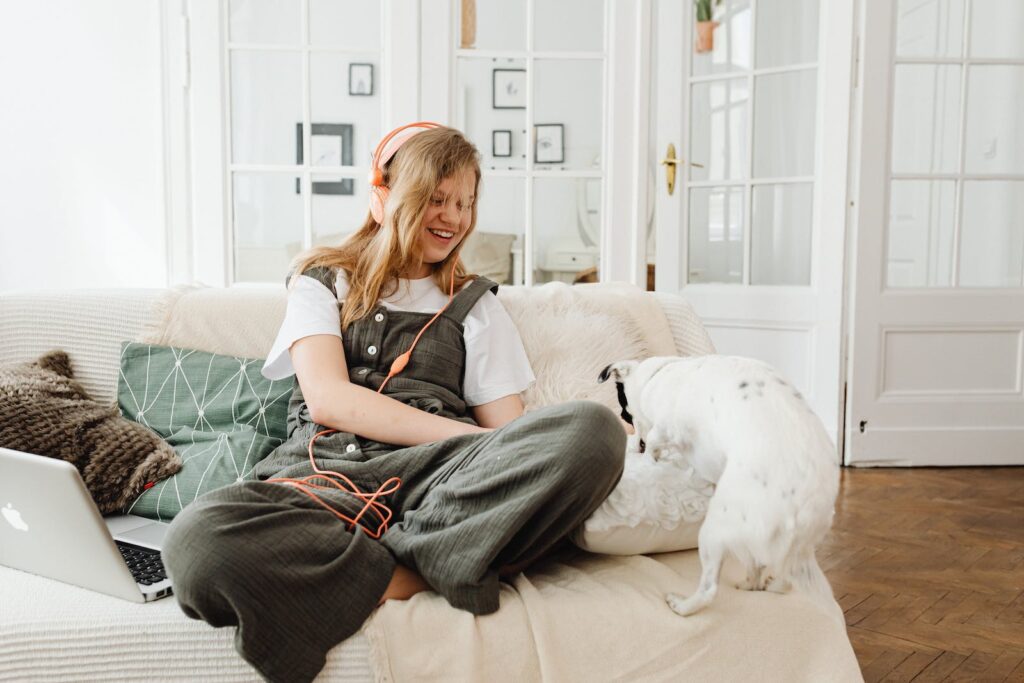



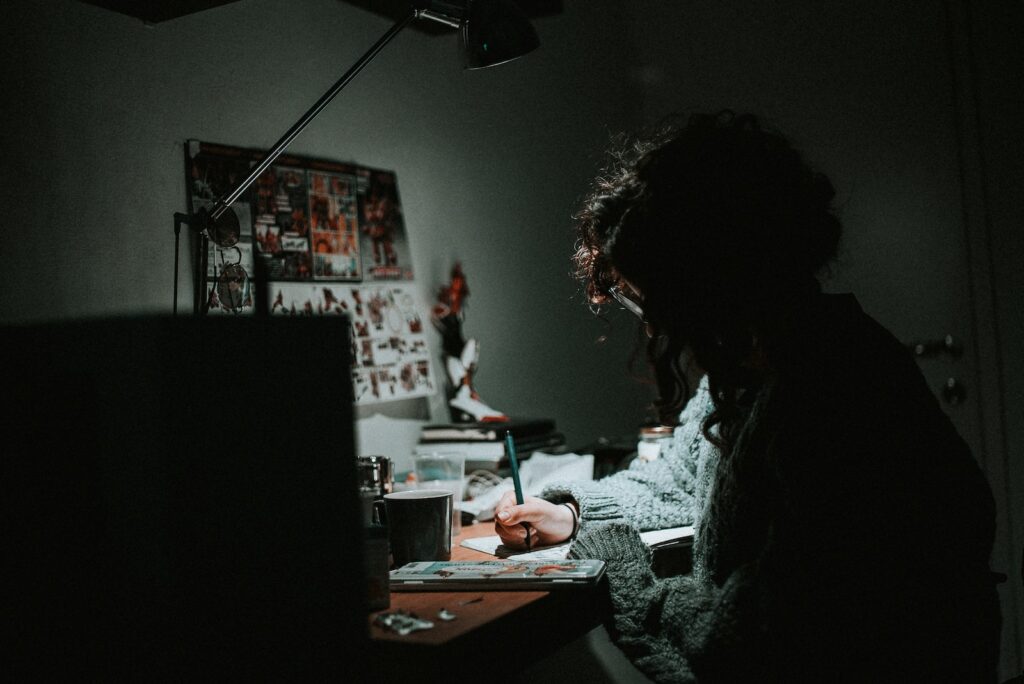
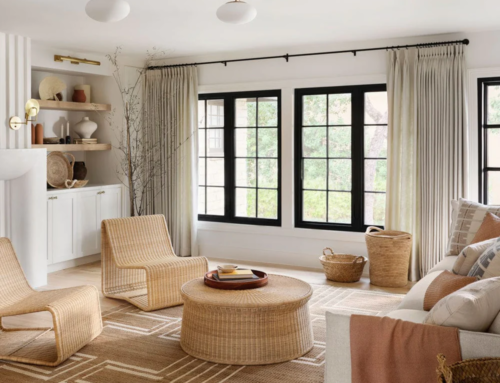

![What To Do in Bend, Oregon [Winter Edition]](https://inserthappy.com/wp-content/uploads/2023/04/clint-mckoy-mmxboIeoryQ-unsplash-scaled-500x383.jpg)
